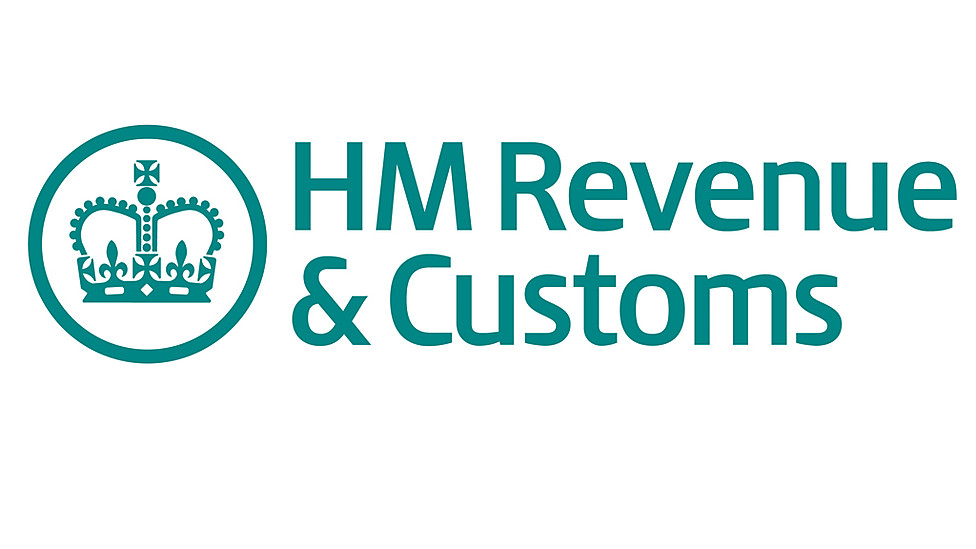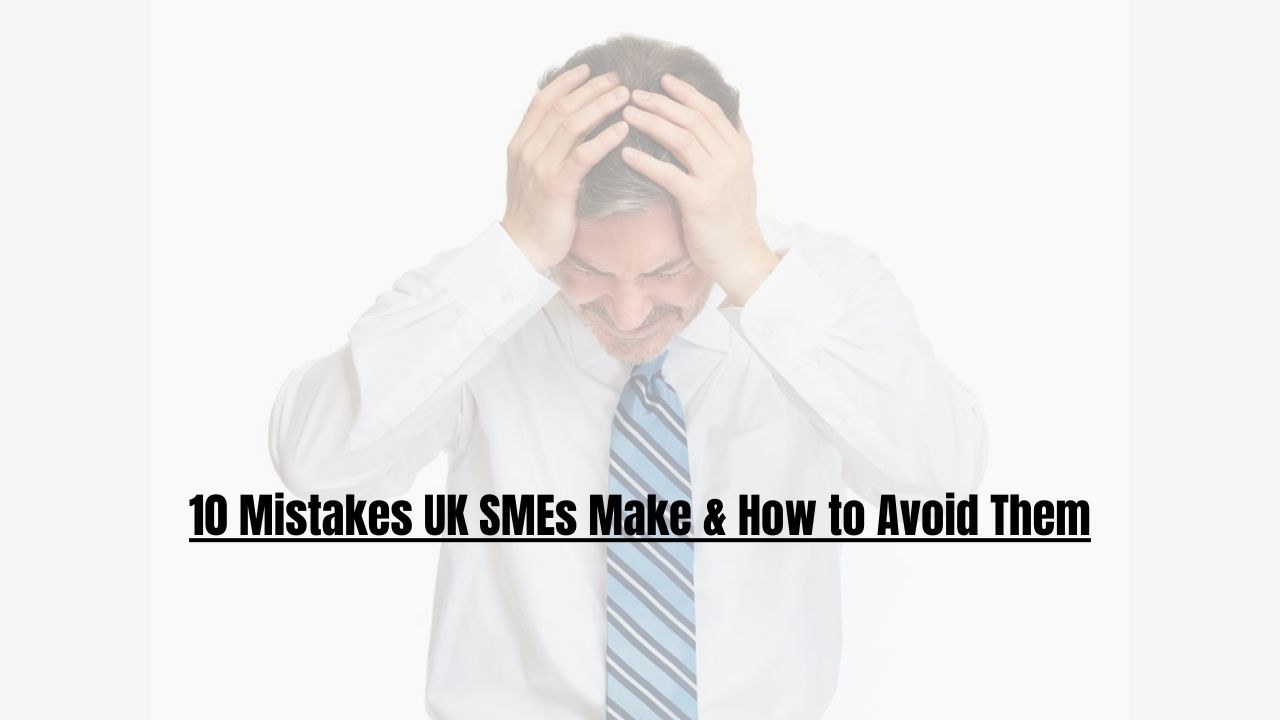
Will HMRC DDS Improve Payroll Efficiency for Employers
In its Transformation Roadmap, HMRC recognizes the "limited capacity" of its IT systems and plans an ambitious transformation to look very different by 2030. Its objectives are to:
- Iimprove day-to-day performance for individuals and businesses
- Close the tax gap, and
- Modernise the UK's tax and customs system.
Anyone who works with HMRC on a regular basis, especially at PAYE reconciliations, will appreciate how infuriating this is and the need for change is stark.
Although the modernisation vision is to be encouraged, old-timers of earlier HMRC changes – including the launches of Making Tax Digital (MTD), Real Time Information (RTI) for payroll, and self assessment – have no need to be reminded of the upheaval that comes with such changes.
Key feature
One of the most significant elements of HMRC's modernisation programme is the rollout of the Digital Disclosure Service (DDS). HMRC aims to "deliver a Digital Disclosure Service to enable customers and intermediaries to make corrections and pay liabilities and penalties on all taxes and duties" by the end of 2028.
This would be a more effective and clearer method for taxpayers to put things right in their tax affairs. Employers, however, cannot avail themselves of the current DDS for employer liabilities and whether this will extend to them at all is in doubt.
Current restrictions
Currently, the DDS can be utilised to disclose:
- Income tax
- Capital gains tax
- Inheritance tax
- Corporation tax
- National insurance contributions (NICs)
- Annual tax on enveloped dwellings (ATED).
Employers cannot yet use DDS to report PAYE or NICs errors or foreign assignee inbound errors. They have to submit them by email or post instead – a clunky and inefficient process. Clarity on when an employer or their adviser would receive a reply would be appreciated.
Thus, employers can reasonably ask why they are treated separately, especially as income tax and NICs are already within the scope of DDS for individuals.
What employers currently experience
HMRC has a small specialist team dealing with voluntary employer disclosures.
Too often, however, once a disclosure is made, it seems to vanish into a bureaucratic abyss and 10 to 12 month delays for the initial answer from HMRC are not unknown. In a few cases, employers will forget they even submitted one prior to receiving a reply from HMRC.
If DDS were applied to employer liabilities, it would go a long way in cutting down these delays – something that would be beneficial both to professional advisers and employers. The time spent waiting for HMRC to come back would be better spent on more productive and strategic grounds.
Wider scope of employer liabilities
Employer disclosures can extend to more than simply PAYE and NICs. They might involve:
- Apprenticeship levy discrepancies
- CIS registration and deductions
- Omitted or misclassified benefits subject to gross-up adjustment
- Failures to operate PAYE properly, necessitating net corrections.
Any extension of DDS has to be strong enough to accommodate this complexity. HMRC's infrastructure and resources have to be able to handle a high variety of submissions fast and accurately.
Avoiding the speed vs accuracy trap
The roadmap plan also says that by the end of 2028 HMRC will invest in giving caseworkers better artificial-intelligence-based systems, such as access to generative artificial intelligence (GenAI) systems that "deliver rapid, clear and consistent advice, accelerating casework".
Not only is any DDS extension going to have to be strong enough to cope with the complexity, but it has to be reliable and accurate, as well. We have already witnessed recent tax tribunal cases where the taxpayer has depended on tax cases created by artificial intelligence to substantiate their arguments, where the tax cases did not exist.
Employers, like taxpayers generally, will want disclosures, whether voluntary or necessitated by HMRC, to be handled by capable and informed HMRC officers. Any easing of the training of officers at the cost of more dependence on AI will tend to cause lengthy correspondence between HMRC and the employer. This will negate all the advantages of a transition to a digitalised disclosure process.
Looking ahead
Whatever the shape of the future DDS, it should be visibly better than the present one. A simplified, digital process would not only be beneficial for HMRC's administrative burden but would also invite more employers to voluntarily come forward – a win-win situation for both.
Any use of AI-given advice must also be accompanied by necessary disclaimers to protect against this becoming de facto law.
After all, a voluntary disclosure involves less HMRC intervention than a prompted question. The system ought to facilitate – not complicate – the process of employers putting right any errors.



